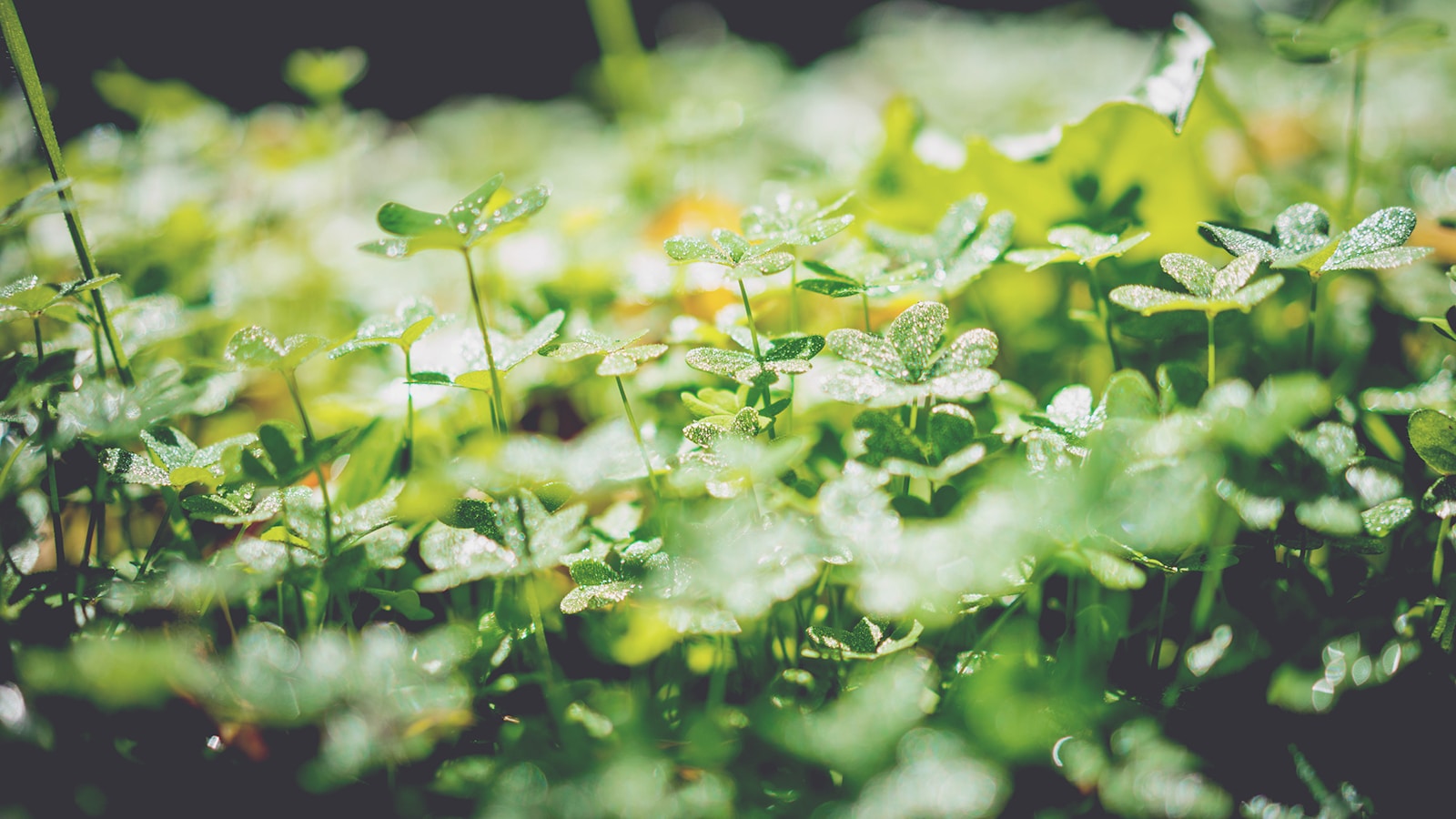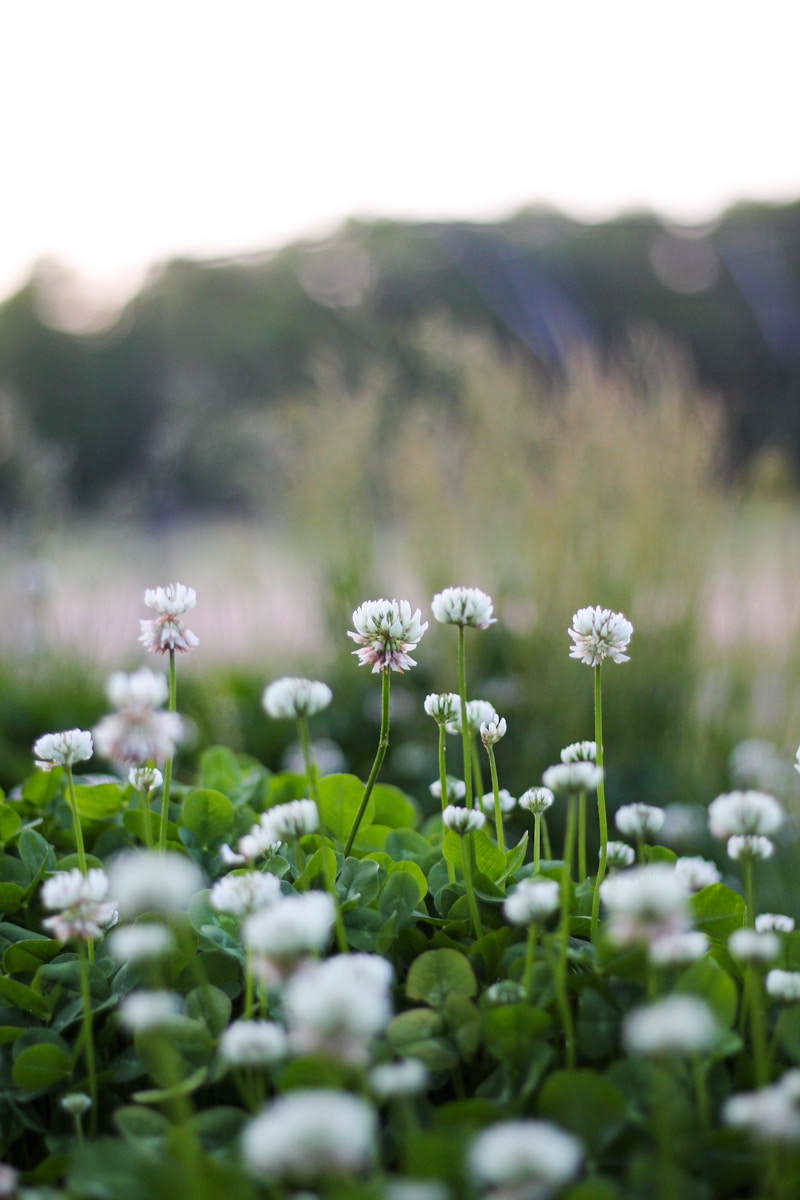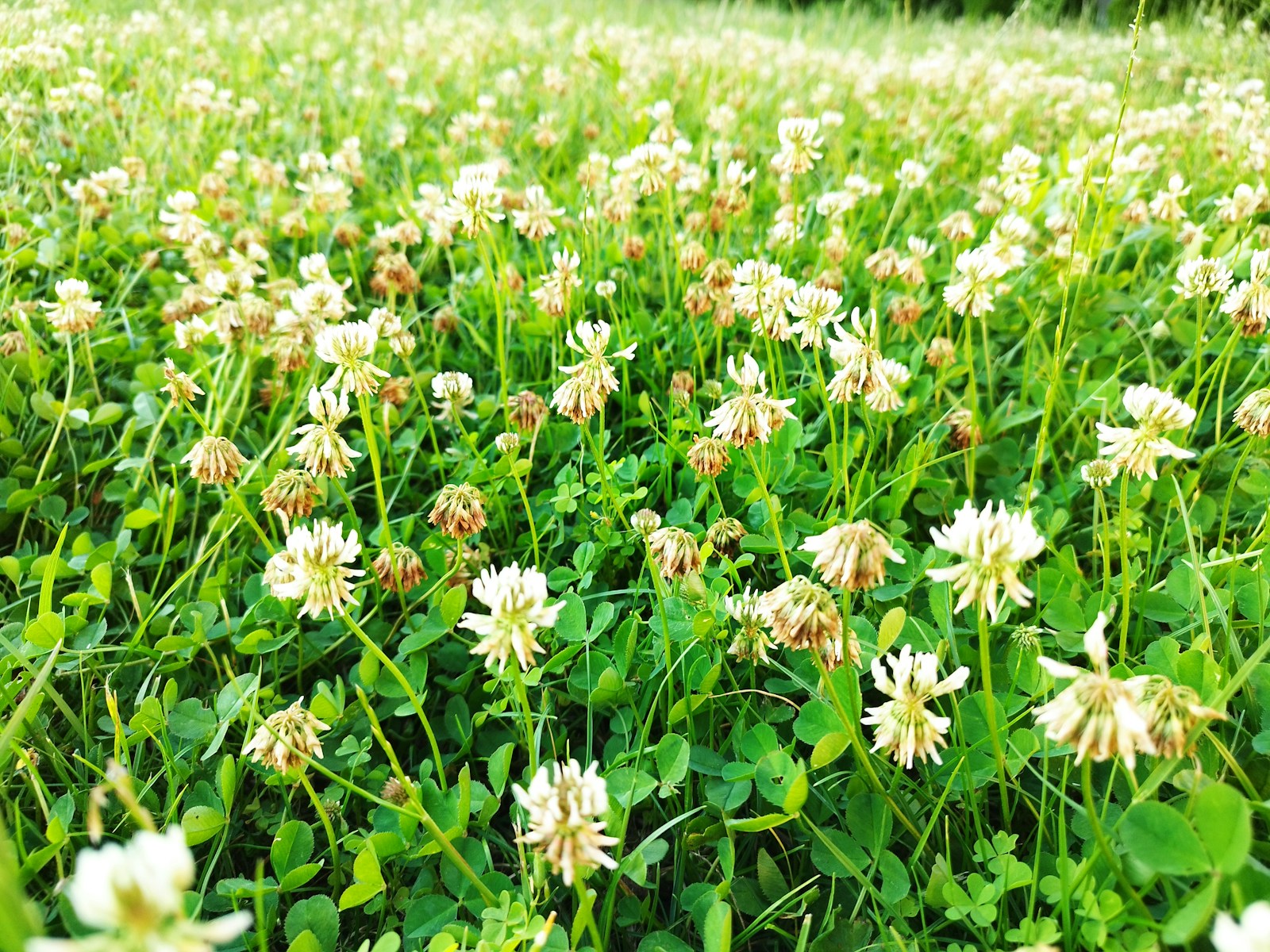When it comes to healthy, green lawns and vibrant gardens, timing is everything. One of the most popular organic fertilizers on the market, Milorganite, has gained a reputation for being an easy-to-use and effective solution. But when should you apply Milorganite for optimal results? Timing the application of this slow-release fertilizer can make a significant difference in the health and appearance of your lawn or garden. In this article, we’ll dive into everything you need to know about when to apply Milorganite, how to use it correctly, and the potential benefits and drawbacks of this unique product.
What is Milorganite?
Milorganite is a brand of organic fertilizer made from treated sewage sludge. While the idea of using treated human waste as fertilizer might raise eyebrows, Milorganite is rigorously tested and processed to ensure safety for both plants and the environment. It’s rich in nitrogen, phosphorus, and iron—essential nutrients for promoting robust plant growth.
The Basics of Fertilizing with Milorganite
Before we get into the specifics of when to apply Milorganite, it’s important to understand how it works. Unlike synthetic fertilizers, Milorganite releases nutrients slowly, making it less likely to burn your plants or pollute nearby waterways. The slow release allows the nutrients to be absorbed over time, feeding your lawn or garden for weeks after application.
When to Apply Milorganite: The Best Timing for Application
1. Spring: The Ideal Time for Milorganite Application
The best time to apply Milorganite is in early spring, just as the grass is waking up from winter dormancy. During this time, the soil begins to warm up, allowing the nutrients in Milorganite to be absorbed more effectively. Applying Milorganite too early, while the ground is still cold, can limit its effectiveness because the soil microbes that help break it down are less active.
Why Early Spring Works:
- Spring is a time of active growth for most plants, including lawns, so they’ll need a nutrient boost.
- The slow-release nature of Milorganite ensures that your plants will have a steady supply of nutrients as they grow.
Pro Tip: Apply Milorganite when daytime temperatures are consistently above 50°F (10°C). This ensures the fertilizer has the right conditions to break down and release nutrients.
2. Summer: Maintenance and Supplementing Growth
While spring is the main time for a Milorganite application, you can also apply it in early summer. If you’re looking to keep your lawn lush during the heat of summer, a mid-season application can help. Summer heat can stress plants, and Milorganite’s slow-release formula can provide the ongoing nutrients they need to stay strong.
How to Apply in Summer:
- Apply Milorganite at least 6-8 weeks after your spring application to avoid over-fertilizing.
- Water thoroughly after applying to ensure the fertilizer reaches the soil and doesn’t sit on top of the grass.
Pro Tip: Summer applications are especially beneficial in lawns that see heavy foot traffic or where the grass is stressed due to drought or pests.
3. Fall: Preparing Your Lawn for Winter
Fall is another excellent time to apply Milorganite, especially if you’re preparing your lawn for the winter months. Applying fertilizer in the fall helps strengthen grass roots before the cold sets in. The nutrients from Milorganite can encourage root growth and improve overall soil health for the following spring.
Why Fall Works:
- The grass is actively growing and can take advantage of the nutrients, even though top growth slows down.
- Fall applications help build stronger roots, which will help your lawn survive winter and bounce back in the spring.
Pro Tip: Fall is also a great time to apply Milorganite if you’ve overseeded your lawn. The fertilizer will help the new grass grow and establish itself before the weather cools.
How to Apply Milorganite: Step-by-Step Instructions
1. Determine the Correct Amount
Start by determining how much Milorganite you need. Typically, you’ll apply 32 pounds per 2,500 square feet of lawn. Make sure to follow the manufacturer’s guidelines for your specific yard size.
2. Use a Broadcast Spreader
To evenly distribute Milorganite, it’s best to use a broadcast spreader. Fill the hopper with the recommended amount of Milorganite, adjust the spreader settings as instructed on the bag, and walk at a steady pace to spread the fertilizer across your lawn.
3. Water Thoroughly
After applying the fertilizer, water your lawn thoroughly. This helps to move the nutrients into the soil, where they can be absorbed by the roots.
4. Monitor and Reapply as Needed
Remember, Milorganite is a slow-release fertilizer, so you won’t need to reapply as frequently as synthetic fertilizers. Check the condition of your lawn every few weeks, and reapply in the spring or fall as necessary.
Comparing Milorganite to Other Fertilizer Options
While Milorganite is a popular choice, it’s important to consider alternatives. Here’s how Milorganite compares to other fertilizer options:
| Fertilizer Type | Nutrients Provided | Release Rate | Ideal Application Time | Pros | Cons |
|---|---|---|---|---|---|
| Milorganite | Nitrogen, phosphorus, iron | Slow-release | Spring, Fall | Organic, eco-friendly, long-lasting | May have an odor immediately after application |
| Synthetic Fertilizer | Nitrogen, phosphorus, potassium | Fast-release | Spring, Summer, Fall | Quick results, easy to apply | Can burn plants, over-fertilization risks |
| Compost | Trace nutrients, organic matter | Very slow-release | Anytime, year-round | Improves soil health, sustainable | Requires larger amounts, may not provide fast nutrients |
Common Mistakes to Avoid When Applying Milorganite
Even though Milorganite is easy to use, there are some common mistakes homeowners make. Here’s what to watch out for:
- Over-application: Applying too much Milorganite can lead to excess nitrogen in the soil, causing grass to grow too quickly and become more susceptible to pests.
- Timing Issues: Applying Milorganite at the wrong time—such as too early in the spring or too late in the fall—can reduce its effectiveness.
- Ignoring Weather Conditions: Always check the forecast. Applying Milorganite before heavy rain may cause nutrients to wash away, while dry weather can prevent proper absorption.
Environmental Impact and Sustainability Considerations
Milorganite is considered an environmentally friendly fertilizer. As an organic product, it helps to reduce pollution and minimizes the risk of runoff that can harm local waterways. Unlike synthetic fertilizers, which can leach harmful chemicals into the environment, Milorganite’s slow-release properties reduce the likelihood of over-fertilization and pollution.
Sustainability Benefits:
- Milorganite helps reduce waste by recycling biosolids into a useful product.
- Its organic nature contributes to improved soil health and supports sustainable farming practices.
Final Thoughts:
Milorganite is an excellent choice for homeowners looking to nourish their lawns and gardens with a reliable, eco-friendly fertilizer. The best time to apply Milorganite is in early spring and again in the fall, with occasional summer applications if needed. By following the right application techniques and timing, you can keep your lawn lush and healthy without the risks of synthetic fertilizers. Whether you’re maintaining a vibrant lawn or growing a beautiful garden, Milorganite provides an easy-to-use, sustainable solution to keep your outdoor spaces thriving.



